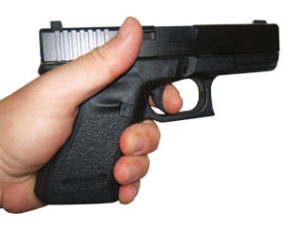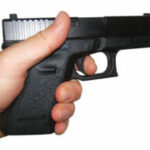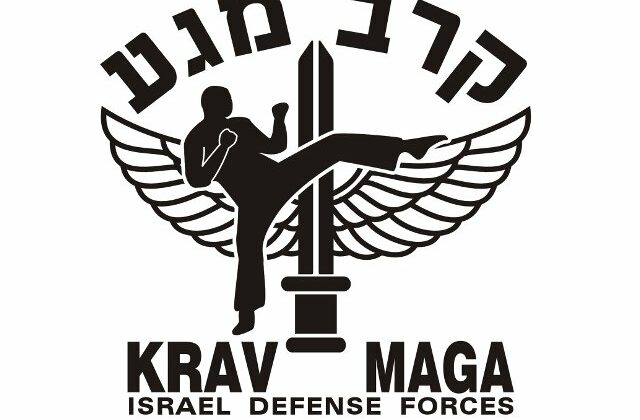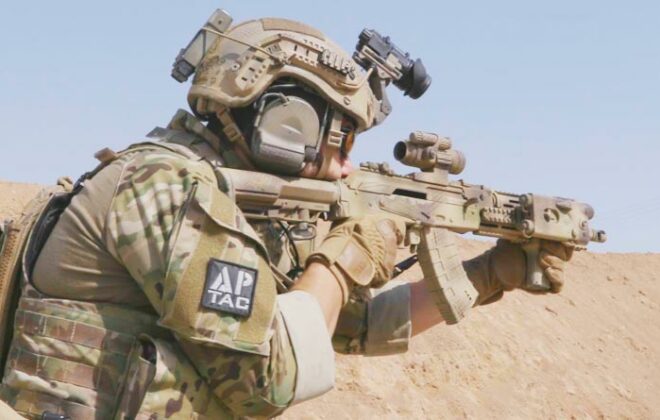Exercise your fingers to improve trigger control
from aegisacademy.com
Earlier this year, I added yet another part of my aging body to the list of hurts and complaints. My wrists began to feel stiff and painful, and I had to admit that Carpal Tunnel Syndrome apparently is a real thing. I am already challenged by a set of appendages that are notoriously short with rather svelte paws. I have significantly damaged both hands in my career, my left hand goes numb regularly from scar tissue and the fingers can barely turn a key. My dominant hand was broken twice and I am sure a career playing piano is not going to be in my future. You may be asking yourself why is this relevant to firearms?
Our fingers, especially their ability to smoothly pull the trigger without disturbing the sights, are hugely important in becoming accurate shooters. Unless you’re a rock climber or practicing martial arts, chances are you do not actively work out your fingers. When I complained of stiffness and pain to my yoga teacher, she gave me some great suggestions that I found improved my trigger control. A few simple exercises can help increase dexterity and isolate each of the fingers from each other. A small advantage maybe, but any advantage you get in a gunfight is one to use. I am not discussing grip itself, hand position or trigger finger placement. All of which could be articles in themselves. The goal is to isolate the trigger finger itself from the whole.
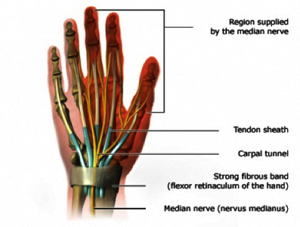
We like to think that our fingers are precision tools, but only in certain ways. While they work in concert with the thumb individually to hold small objects, they are somewhat less precise with each other. When we move one finger, the signals cross and the other fingers move as well. Age, injury and lack of physical exercise can compound this. Often this is caused by inflammation of the tendon sheaths surrounding each tendon. The inflammation causes lack of lubrication on the tendon and restricts flexibility. Additionally, power is generated in the forearms so if we tense there it translates to the fingers. Try this for yourself, hold your hand vertical with all the fingers extended, but slightly relaxed, Try just curling your pointer or trigger finger and see how much the other fingers move. You can also feel your forearm flex.

This of course is only one of many possible causes for rounds off target. I have found that the more relaxed my grip and the more I practice isolating my trigger finger the smaller my mistakes. Proper dry practice and use of dummy ammunition are the primary methods for reducing anticipation and sloppy trigger pull. Two exercises I do regularly will help you as well. They will also help with flexibility and reduce swelling in the joints. If you have reduced mobility from injuries like I do, it is a great part of physical therapy.
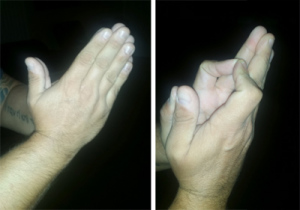
The second exercise will increase flexibility in the individual fingers and help lubricate the tendons so they can act more independently. Place your fingertips together with their aegis academy, trigger control, firearms instructor, pistol shootingopposite sides and the palms about 5 inches apart. 
A simple Internet search will come up with several stretches and exercises for stretching the fingers or strengthen grip. Anyone who has been through a hand injury and done physical therapy can give suggestions as well. Most of these are great for gaining back lost dexterity or increasing grip strength. However, grip and finger strength are not always beneficial in handgun shooting. A heavy press equals movement so learning how to smoothly manipulate the trigger to the rear without disturbing the sights is the goal. I have found these two help me and may be a helpful tip for you as well. Our trigger finger is the means to accuracy; you must exercise and practice with it just like all the other parts!
Related Posts
Leave a Reply Cancel reply
You must be logged in to post a comment.
Categories
- Defcon3.ch (4)
- documents (1)
- Equipment (10)
- Media (1)
- Medic & Care (3)
- practice (8)
- warrior (4)

